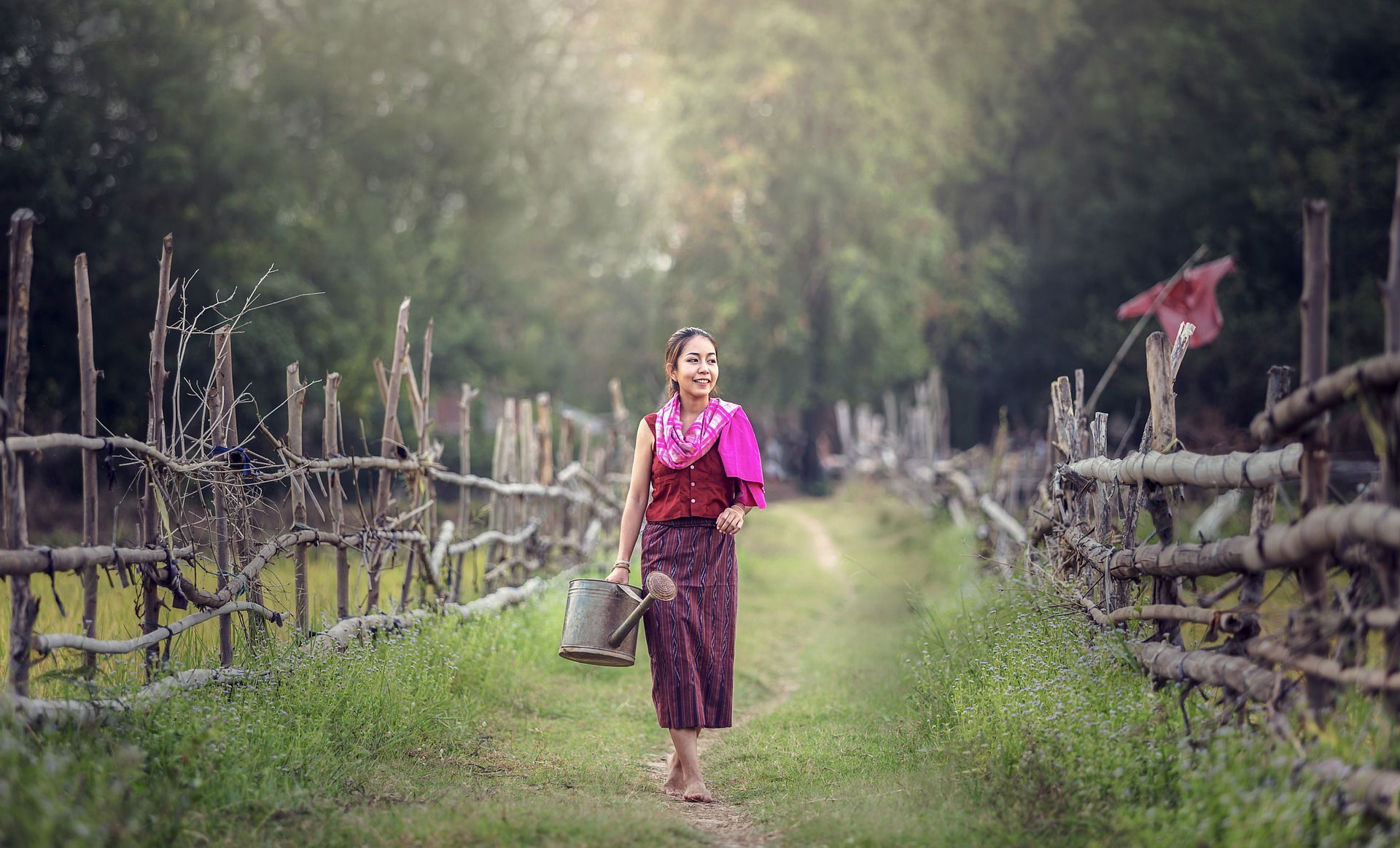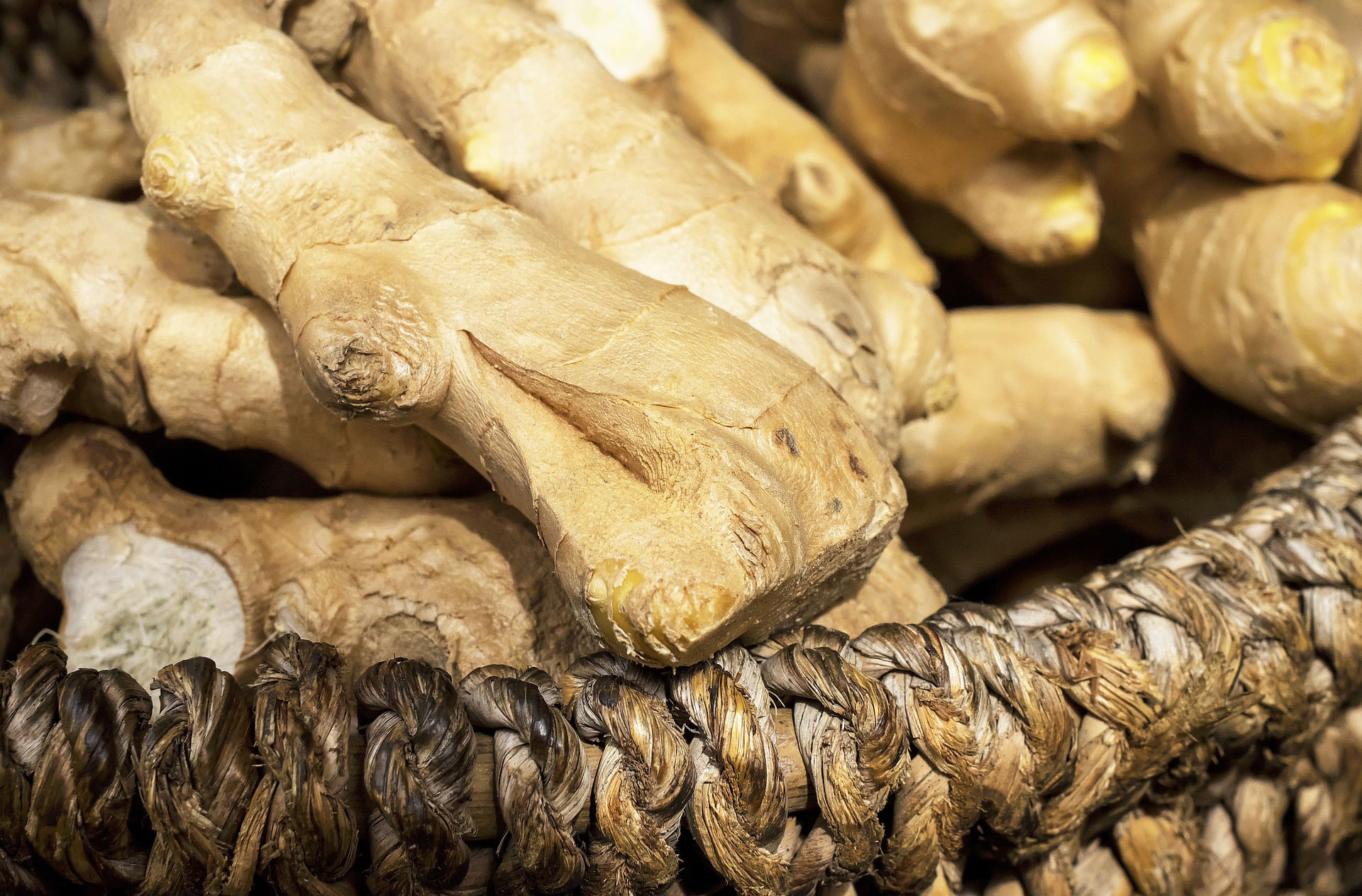The Role of Ginger in Cambodian Cooking
Cambodian cuisine is a diverse and flavorful blend of local ingredients, cultural influences, and traditional techniques. One ingredient that plays a significant role in this cuisine is fresh ginger. Used in a variety of dishes and beverages, fresh ginger adds a spicy, aromatic kick that elevates the flavors of Cambodian cuisine. In addition to its culinary uses, ginger is also renowned for its health benefits, making it a versatile ingredient in many households. In this article, we will explore the cultural significance of fresh ginger in Cambodian cuisine, its health benefits, and the cultivation and harvesting of ginger in the country.

Introduction to Cambodian Cuisine
Cambodian cuisine is a vibrant and flavorful cuisine, known for its unique blend of Southeast Asian flavors and French influence. The cuisine has a rich history, dating back to the Khmer Empire, and has evolved over the centuries to become a fusion of traditional Khmer cooking techniques and modern culinary methods.
Cambodian History and Culture
Cambodia is a country located in Southeast Asia, bordered by Thailand, Laos, Vietnam, and the Gulf of Thailand. The country has a rich history, dating back to the 9th century when the Khmer Empire ruled the region. The Khmer Empire was known for its impressive architecture, art, and cuisine. Modern-day Cambodia is a diverse society, with a unique blend of Khmer, Chinese, and French cultures.

The Role of Ginger in Cambodian Cooking
Ginger is an essential ingredient in Cambodian cuisine, bringing a distinct and flavorful element to many traditional dishes. The use of fresh ginger is prevalent in many Cambodian recipes, adding a zesty and slightly sweet flavor to soups, curries, and stir-fries.
Ginger in Traditional Cambodian Dishes
One of the most popular Cambodian dishes that use ginger is Samlor Korkor, a traditional soup made from a combination of herbs, vegetables, and meat. The soup is flavored with fresh ginger, lemongrass, and kaffir lime leaves, giving it a tangy and aromatic flavor. Another popular dish is Bai Sach Chrouk, a breakfast dish of pork and rice served with fresh ginger, cucumber, and pickled vegetables.
Flavor Profile of Fresh Ginger in Cambodian Cuisine
Fresh ginger has a warm, slightly sweet, and slightly peppery flavor, which makes it an ideal ingredient in Cambodian cuisine. The sweetness of ginger helps balance the sour and spicy notes in many dishes, making it an essential component of Cambodian cuisine.

Health Benefits of Fresh Ginger
Fresh ginger is not only a versatile and flavorful ingredient, but it also offers numerous health benefits.
Anti-inflammatory Properties of Ginger
Ginger has potent anti-inflammatory properties, making it an effective natural remedy for reducing pain and inflammation. It has been shown to reduce inflammation in the gut, helping to alleviate digestive issues such as nausea, cramping, and bloating.
Ginger's Role in Digestive Health
Ginger has also been shown to aid in digestive health, promoting healthy digestion and reducing symptoms of gastrointestinal distress. It can help stimulate the production of digestive juices, helping to break down food more efficiently.
Other Health Benefits of Ginger
In addition to its anti-inflammatory and digestive benefits, ginger has been shown to have numerous other health benefits. It can help reduce stress, improve brain function, and lower blood pressure and cholesterol levels.

Cultivation and Harvesting of Ginger in Cambodia
Cambodia is an ideal location for growing ginger, thanks to its warm and humid climate.
The Ideal Growing Conditions for Ginger in Cambodia
Ginger requires a warm and humid environment to grow, making Cambodia an ideal location for cultivation. The country's fertile soil and abundant rainfall provide the perfect conditions for growing high-quality ginger.
Harvesting and Processing of Fresh Ginger
Once harvested, fresh ginger can be used immediately in cooking or processed for later use. To preserve the flavor and nutrients of fresh ginger, it is often dried or ground into a powder for use in spice blends and marinades.

Traditional Recipes Using Fresh Ginger in Cambodia
Ginger is a key ingredient in many traditional Cambodian recipes, known for its aromatic and spicy flavor. Here are three popular dishes that utilize fresh ginger:
Amok Trey - Fish Curry with Ginger
Amok trey is a signature Cambodian dish that consists of fish steamed in a flavorful curry made with coconut milk, lemongrass, and fresh ginger. The ginger adds a fragrant and slightly spicy kick to the dish, making it a favorite among locals and tourists alike.
Lok Lak - Marinated Beef with Ginger and Lime
Lok lak is a popular Cambodian dish featuring marinated beef stir-fried with vegetables and a tangy sauce made with fresh lime juice and grated ginger. The ginger in the sauce adds a zesty and refreshing flavor to the dish that complements the rich and savory beef perfectly.
Num Banh Chok - Rice Noodles with Fish and Ginger
Num banh chok is a traditional Cambodian breakfast dish that consists of rice noodles topped with a fish-based curry sauce made with fresh ginger, lemongrass, and kaffir lime leaves. The ginger gives the dish a bold and spicy flavor that wakes up the taste buds and starts the day off right.

Ginger as a Key Ingredient in Cambodian Beverages
Fresh ginger is not only used in Cambodian cuisine but also plays a significant role in traditional Cambodian beverages. Here are two popular drinks featuring fresh ginger:
Traditional Ginger Tea
Ginger tea is a popular drink in Cambodia, especially during the colder months. It is made by steeping fresh ginger in hot water along with honey and lemon juice. The drink is not only delicious but also known for its health benefits, such as aiding digestion and boosting the immune system.
Ginger-Infused Cocktails
Ginger is also a common ingredient used in Cambodian cocktails, adding a unique and refreshing twist to classic drinks. One popular cocktail is the ginger mojito, made with fresh ginger, mint leaves, lime juice, and rum. The ginger adds a zesty kick to the drink that pairs perfectly with the sweetness of the rum and the freshness of the mint.

The Future of Ginger Production in Cambodia
Ginger is an essential crop for many Cambodian farmers, providing a source of income and sustenance for many communities. Here are two points worth considering regarding the future of ginger production in Cambodia:
The Economic Importance of Ginger in Cambodia
Ginger is a significant export for Cambodia, with the country exporting over 10,000 tons of ginger annually. The industry is crucial to the country's economy, providing employment opportunities for many farmers and boosting rural development.

Challenges Facing the Cambodian Ginger Industry
The Cambodian ginger industry faces various challenges, including competition from other countries, lack of funding for research and development, and damage caused by climate change. Awareness and investment in sustainable farming practices and crop diversification are essential in ensuring the industry's sustainability in the long term.
Conclusion: The Importance of Fresh Ginger in Cambodian Culture and Cuisine
Fresh ginger is a versatile and essential ingredient in Cambodian cuisine and culture. It adds a distinct flavor and aroma to the country's traditional dishes and beverages, making them truly unique. Additionally, ginger production plays a vital role in the country's economy, providing employment opportunities and income for many farmers and communities. As such, it is crucial to take steps to ensure the sustainability and development of the Cambodian ginger industry in the future. In conclusion, fresh ginger is an essential ingredient in Cambodian culture and cuisine. From its role in traditional dishes and beverages to its many health benefits, ginger has secured its place in Cambodian households for generations. As the country continues to face challenges in the ginger industry, it is important to recognize the economic and cultural significance of this ingredient. We hope that this article has shed light on the importance of fresh ginger in Cambodian cuisine and inspired you to try incorporating this versatile ingredient into your own cooking.

FAQs
What are the health benefits of ginger?
Fresh ginger has anti-inflammatory properties and can aid in digestion, reduce nausea, and alleviate pain. It is also a good source of vitamins and minerals.
What are some popular Cambodian dishes that use ginger?
Amok Trey, a fish curry, and Lok Lak, a marinated beef dish, both use ginger in their recipes. Ginger is also commonly used in soups and stir-fries.
What is the ideal way to store fresh ginger?
Fresh ginger can be kept in the refrigerator for up to three weeks. It can also be stored in the freezer for longer periods of time. To freeze, simply peel the ginger and store it in an airtight container or bag.
How important is ginger to the Cambodian economy?
Ginger is an important crop for the Cambodian economy, with many farmers relying on ginger cultivation for their livelihoods. However, the industry faces challenges such as climate change and competition from other countries. Despite these challenges, ginger remains an essential ingredient in Cambodian cuisine and culture.